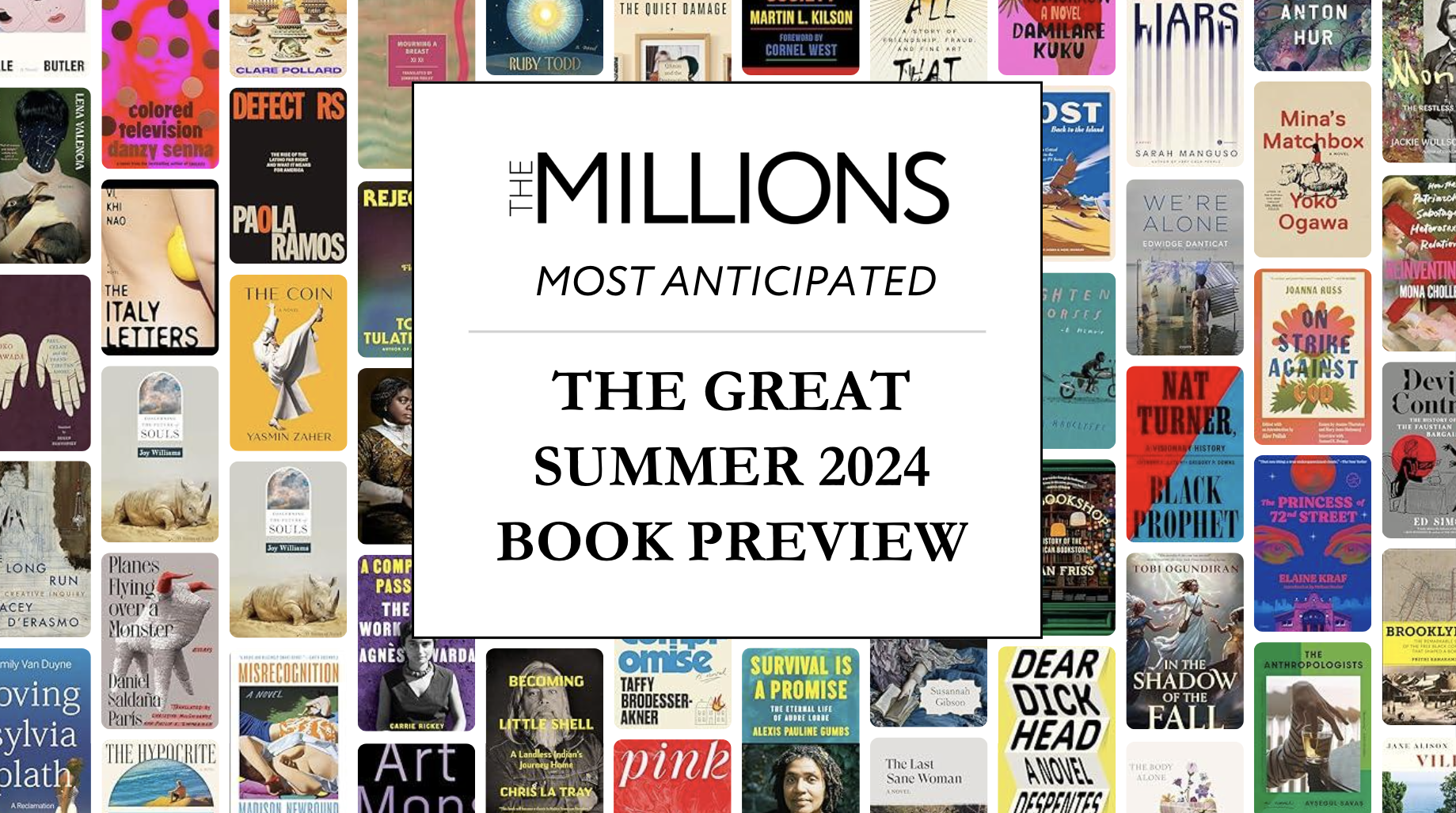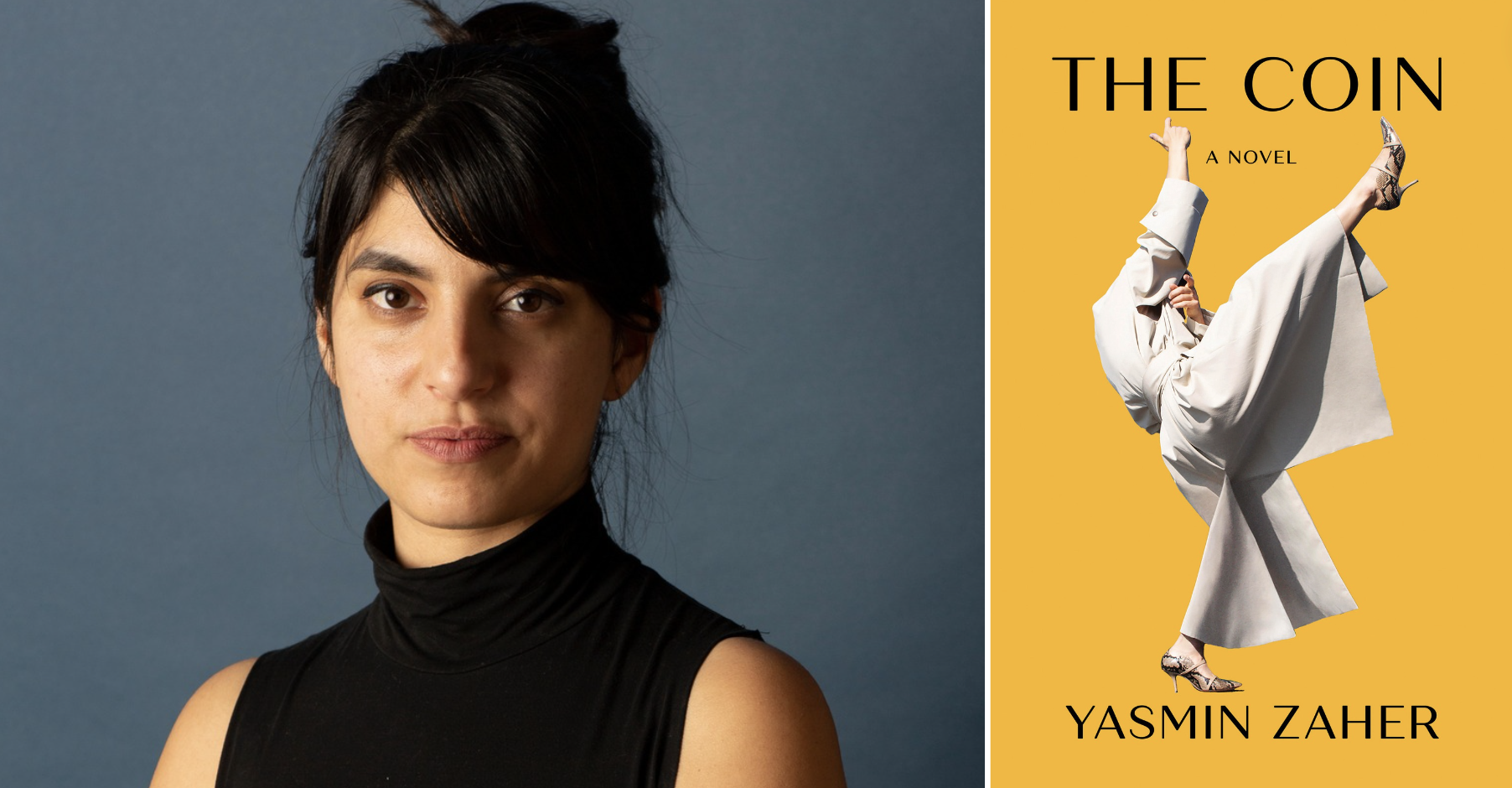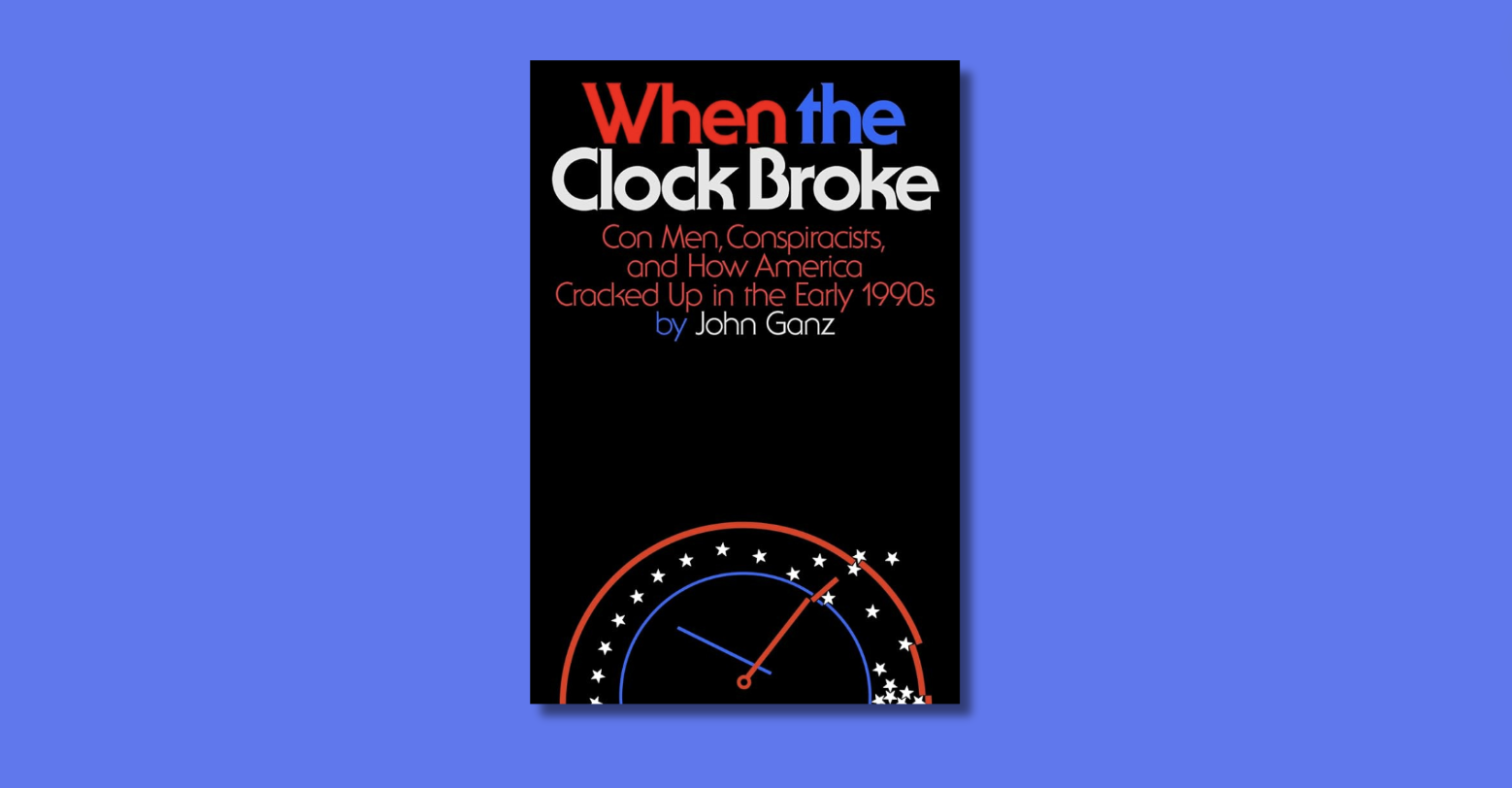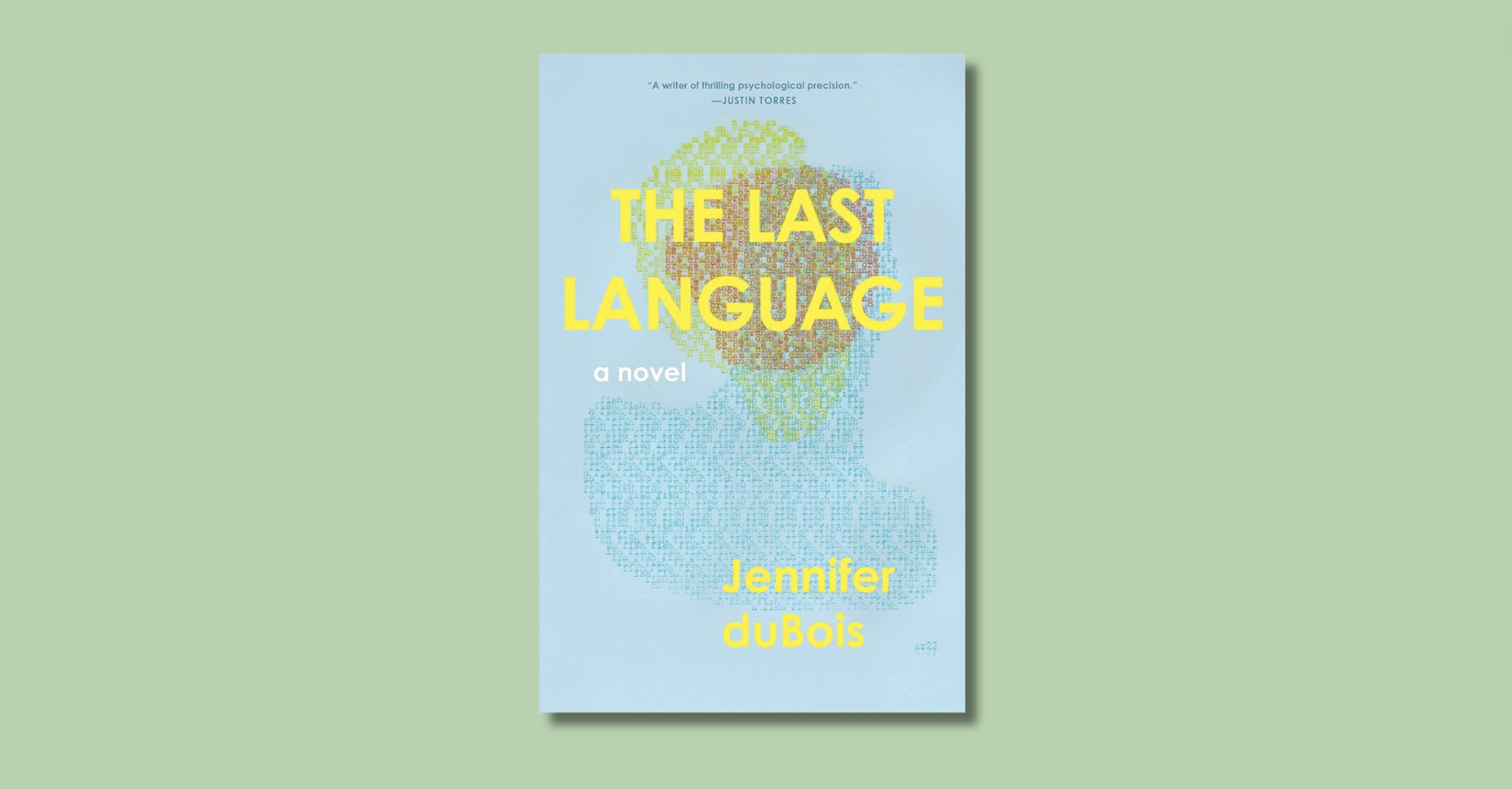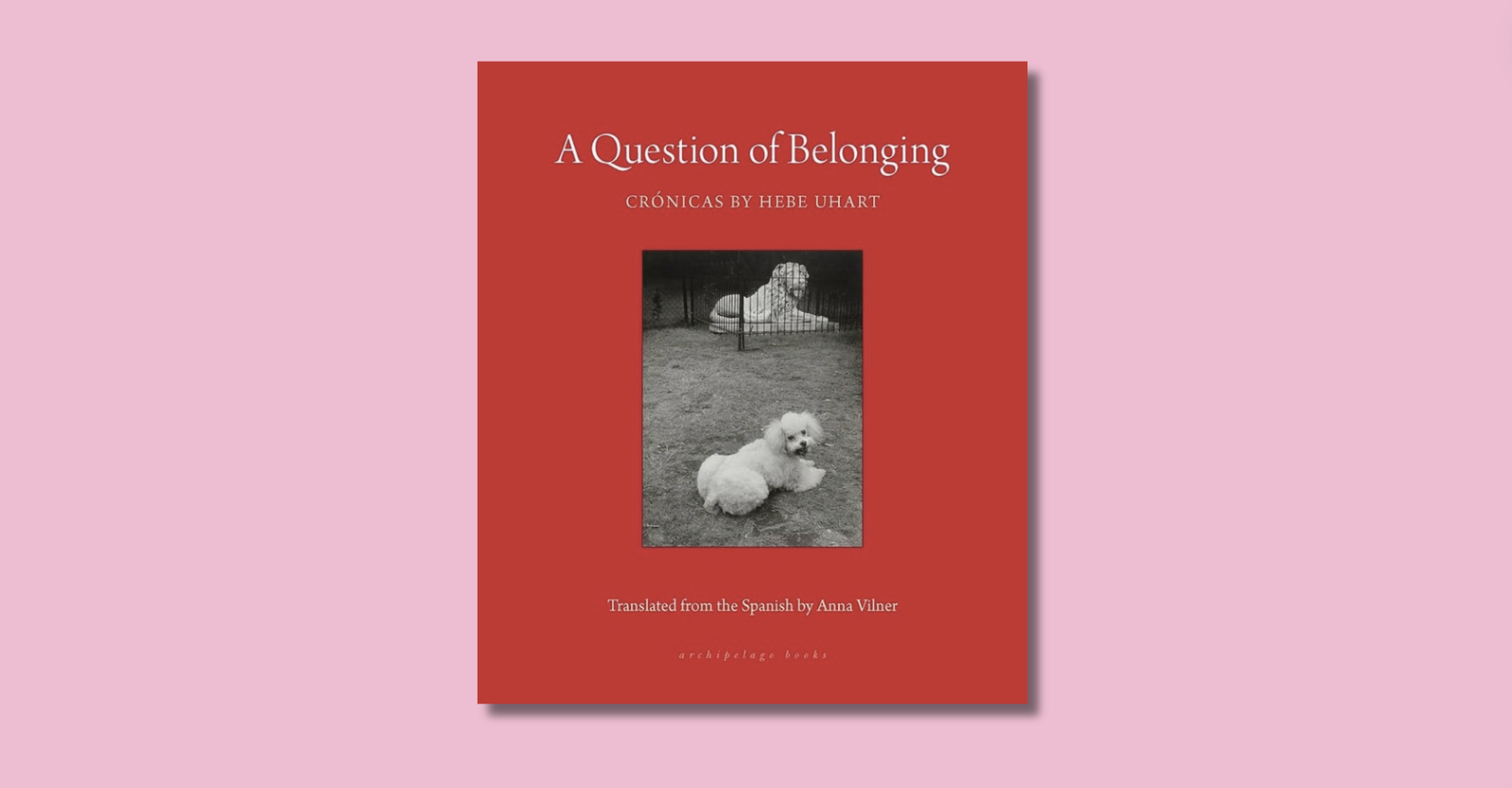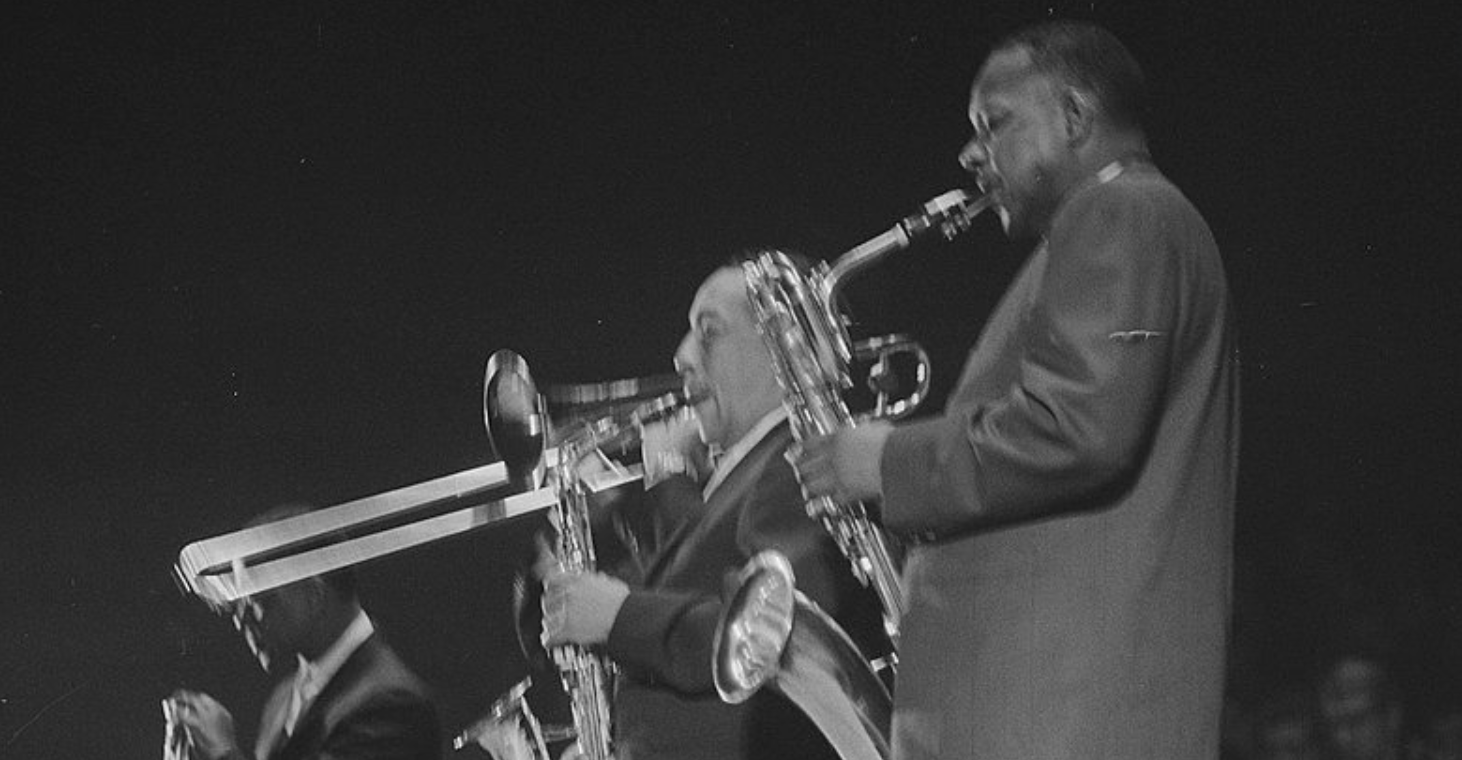“You should sign up for this,” my sister said, showing me an article about a bookstore that doubles as a matchmaking service. At the Brooklyn indie, lovelorn bookworms choose their prospective romantic interests based on their list of favorite authors pinned to a cork board. The article went on to point out that women never wrote down Jack Kerouac as one of their coveted authors.
My decade-long love affair with the poets and writers of the Beat Generation was about to pay off. As the only woman who adored Kerouac, I would be the vixen of the literary matchmaking board.
 Now, I’ll be the first to admit I’m a girly girl. My regular weekend activity includes clothes shopping, I feel naked without nail polish on, and my favorite color is pink. In fact, it was while reading the fashion magazine Seventeen my senior year of high school that I stumbled upon a mention of Ann Charters’s The Portable Beat Reader and quickly became obsessed with all things Beat related. After reading Jack Kerouac’s road-trip novel On the Road, it only seemed natural to pack my bags and move across the country for college. As Kerouac wrote, “I was surprised, as always, by how easy the act of leaving was, and how good it felt. The world was suddenly rich with possibility.”
Now, I’ll be the first to admit I’m a girly girl. My regular weekend activity includes clothes shopping, I feel naked without nail polish on, and my favorite color is pink. In fact, it was while reading the fashion magazine Seventeen my senior year of high school that I stumbled upon a mention of Ann Charters’s The Portable Beat Reader and quickly became obsessed with all things Beat related. After reading Jack Kerouac’s road-trip novel On the Road, it only seemed natural to pack my bags and move across the country for college. As Kerouac wrote, “I was surprised, as always, by how easy the act of leaving was, and how good it felt. The world was suddenly rich with possibility.”
 While attending Scripps, a women’s college in Southern California, my interest in Beat literature grew as I went on a San Francisco pilgrimage to poet Lawrence Ferlinghetti’s City Lights Booksellers & Publishers, infamous for its involvement in the obscenity trial over Allen Ginsberg’s Howl. When I returned, diploma in hand, to the East Coast, I attended talks by Beat writers at the Bowery Poetry Club in New York City. I tucked Gregory Corso’s poem “Marriage,” in which he asks “Should I get married? Should I be good?” into my heart. That would be the poem I want read at my wedding, I thought. When I read On the Road, I connected to Kerouac’s alter ego, Sal Paradise, shambling after friends, being nostalgic for events even as they’re happening, seeing beauty in the mundane, and hitting the road in his eternal quest for meaning — topics I thought both men and women could relate to.
While attending Scripps, a women’s college in Southern California, my interest in Beat literature grew as I went on a San Francisco pilgrimage to poet Lawrence Ferlinghetti’s City Lights Booksellers & Publishers, infamous for its involvement in the obscenity trial over Allen Ginsberg’s Howl. When I returned, diploma in hand, to the East Coast, I attended talks by Beat writers at the Bowery Poetry Club in New York City. I tucked Gregory Corso’s poem “Marriage,” in which he asks “Should I get married? Should I be good?” into my heart. That would be the poem I want read at my wedding, I thought. When I read On the Road, I connected to Kerouac’s alter ego, Sal Paradise, shambling after friends, being nostalgic for events even as they’re happening, seeing beauty in the mundane, and hitting the road in his eternal quest for meaning — topics I thought both men and women could relate to.
Until my sister showed me the matchmaking article, it had never occurred to me that the author of On the Road could be a cement divider on Lover’s Lane. I had met guys who’d been inspired by Kerouac. They thrilled at the freedom of stuffing beef jerky in a backpack, wearing the same band t-shirt for days, and hitting the road with no plan but more life experience. It’s true I didn’t personally know any women who admired Kerouac, but I figured he just wasn’t on their radar since fifty years had passed since On the Road was published. There were plenty of women I knew through books who had loved Kerouac — women like Edie Parker-Kerouac, Joyce Johnson, and Helen Weaver, who wrote memoirs about their romances with Kerouac. Overcome with his prose prowess as I was, it was easy to overlook the parts that weren’t exactly rom-com material — the failed marriages, the refusal to acknowledge his own daughter, the fact that he lived with his mother until the day he died — particularly since I didn’t read his novels as love stories but as poetic travelogues.
Then I encountered a woman who openly disdained Kerouac — and all that he seemed to represent. It occurred to me that women saw him as a misogynist vagabond, the bad boy who had left their broken hearts in a trail of exhaust fumes. He didn’t like being tied down by responsibilities, or women. Perhaps those female readers who actually did like his writing feared adding Kerouac to their list of favorite authors for a literary matchmaking board because they didn’t want to end up with someone like him: a penniless drifter, a dreamer, an alcoholic.
 If I am to be terribly stereotypical, I’d say the literary crush I hear most women talk about is Mr. Darcy, the cute fixer-upper worth the effort because of his money and social standing. Sure, maybe he’s a bit aloof at first, but in the end Mr. Darcy’ll put a ring on it. Of course, dating-savvy women wouldn’t necessarily include Jane Austen as their favorite author for the literary matchmaking board: they’re smart enough to know they might scare off potential male suitors if they implied they enjoy staying in on a Friday night to watch BBC films on television, possibly having to get out the smelling salts during the “pond scene” in Pride and Prejudice.
If I am to be terribly stereotypical, I’d say the literary crush I hear most women talk about is Mr. Darcy, the cute fixer-upper worth the effort because of his money and social standing. Sure, maybe he’s a bit aloof at first, but in the end Mr. Darcy’ll put a ring on it. Of course, dating-savvy women wouldn’t necessarily include Jane Austen as their favorite author for the literary matchmaking board: they’re smart enough to know they might scare off potential male suitors if they implied they enjoy staying in on a Friday night to watch BBC films on television, possibly having to get out the smelling salts during the “pond scene” in Pride and Prejudice.
Instead, women might disclose preferences for less polarizing authors. Female authors would be perfectly acceptable to list, so long as they’re “serious” or witty authors like Toni Morrison, Tina Fey, and Jennifer Egan — and not authors whose books feature shopping bags, pearl necklaces, or candy hearts on the covers. Words like “wedding” and “feminist” probably shouldn’t be anywhere in the title either. There’s nothing wrong with reading these books — in fact, wanting to get married and being treated as equal are both positive desires — it’s just that, well, if on your first date you wouldn’t bring up the number of kids you want to have (unless, of course, you’re on The Bachelorette), then you also would probably subtly edit your reading tastes when you know you’re being judged by them. Like with clothing, it’s best to leave a little mystery.
Men’s disinterest in Austen and other female authors has, of course, been its own cause for consideration. Last year, in an article entitled “Men Need Only Read Books by Other Men, Esquire Post Suggests,” The Atlantic Wire rightly took issue with the fact that only one female author was listed in Esquire’s “75 Books Men Should Read.” However, guess which male author The Atlantic Wire specifically mentions, as if he is the driving force behind men’s exclusion of female writers: “hard-living, macho writers like…Jack Kerouac.” Interesting. I would have called him a life-affirming, sensitive author. It was Kerouac, after all, who wrote, “Boys and girls in America have such a sad time together; sophistication demands that they submit to sex immediately without proper preliminary talk. Not courting talk—real straight talk about souls, for life is holy and every moment is precious.”
In the past few years, culture critics have speculated that in general men read less than women and that specifically they don’t read much fiction — Kerouac presumably excluded. It appears, then, that men and women read quite differently. If men are more likely to read nonfiction, it seems likely that men are reading to obtain information. In contrast, women maybe read fiction for the entertainment of a character-driven story. And this is where it gets interesting. Every so often, social debates arise whether women are more “sympathetic” than men, “sympathetic” being defined by dictionary.com as “acting or affected by, of the nature of, or pertaining to a special affinity or mutual relationship.” If it is true that women are more sympathetic, either because of their genetic makeup or because they have been conditioned to be so, then perhaps women read relationally, placing themselves within the story. It would be natural then for female readers to cast themselves as the female characters instead of the male characters. In a work written by a man, the female character is usually going to be the subject of the male gaze. If that work happens to be On the Road, you’re going to end up with women like Marylou and Camille, flat characters being two-timed by hyperactive car-thief Dean Moriarty. It’s no wonder then that many women, even when they put his personal lives aside, don’t relate to Kerouac’s writing.
I don’t believe all women — or all men — think and act and read the same way, though. I never automatically put myself in the stilettos of the female character in a book. I read On the Road through the eyes of the eager narrator, Sal Paradise. Even if I didn’t agree with his every action, I desired Kerouac’s joie de vivre.
More than that, I was also the narrator of my own story, my own life. After reading Kerouac, I became the one dashing out the door for my next adventure. If I had a week off of work and wanted to take a vacation, I packed my bags and hopped on a bus or a plane. I took a Greyhound across the United States. I saw Stonehenge. I visited shrines in Kyoto. And I did it by myself, sometimes couch-surfing with friends who lived near my chosen destination before venturing off on my own to a hostel.
I was never looking for someone to jumpstart my story, to open the car door for me, to give me permission to do something. It didn’t occur to me that I needed a boyfriend or even a friend to accompany me to art galleries or readings or to make my life full. I wasn’t looking for my Jack Kerouac. I was Jack Kerouac. And so I never signed up for the matchmaking board. I didn’t believe in lonely nights. I was a reader. If I wanted company, all I had to do was pick up a book — or my car keys.
Image credit: Pexels/Johannes Plenio.

